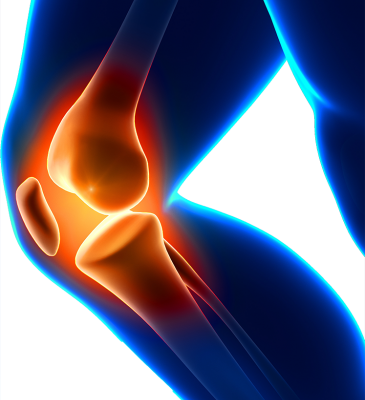Joint Pain

Small joints of hands and feet play a great role in doing fine movements and carry a great amount of input in our lives. If it gets affected due to any reason it may cause inability to perform various tasks and functions. Joints can be painful or inflamed along with swelling, redness and warmth as a sign of problem. When multiple joints are involved it is known as Polyarthralgia.
Small joints Pain can be due to various causes:
‣ Inflammatory disease (Eg. Infection or any systemic inflammatory disease such as Rheumatoid arthritis and Psoriatic arthritis)
‣ Mechanical and Non-Inflammatory disease (like Osteoarthritis)
Rheumatoid Arthritis (RA)
It is an Auto-Immune Disease where one’s own immune system mistakenly attacks on their own cells and leads to joint pains and causes damage throughout the body. It is usually Symmetrical that is it occurs on both sides of the body. It causes Pain, Swelling and Stiffness in the joints. And knowing such early signs helps the patient and the therapist to treat and manage the problem in the beginning itself.
If someone doesn’t take Physiotherapy treatment for RA, he may develop severe deformities in hands and feet. Deformities of the hands and fingers may cause a curved, claw-like appearance. Lumps, called rheumatoid nodules, can appear anywhere on your body where joints are inflamed/infected. Their size can be from very small to the size of a walnut or larger, and they can occur in clusters. Though symptoms may stop for extended periods, joint problems caused by RA usually get worse over time. That’s why early treatment is so important to help delay serious joint damage.
Whereas in Osteoarthritis which is not an Auto-immune disease, Symptoms are usually Asymmetrical (ie. on one side of the body.) And is most often seen in older adults. However, it can sometimes be seen in younger adults who overuse a particular joint — such as tennis players and other athletes — or those who’ve experienced a severe injury.

Factors that may trigger onset of RA involve:
➤ Exposure to certain types of bacteria.
➤ Having a history of viral infections.
➤ Trauma or injury, such as bone breakage or fracture, dislocation of a joint, and ligament damage.
➤ Smoking cigarettes
➤ Obesity
Various Blood tests are done prior to rule out the exact cause of the problem. Here, medicines along with Physiotherapy helps patients manage their problems and cope up well with them without much pain and with more ability to do daily activities.
RA has no such permanent cure but Physiotherapy undoubtedly gives hope to the patients and helps them manage it (that medicines can’t do alone) .



